We had two goals in visiting Ventura: seeing Channel Islands National Park, and getting a hearty dose of the ocean to carry us through the months ahead, which will be spent in the desert southwest. We succeeded spectacularly on both counts.
Channel Islands National Park
Channel Islands National Park is probably the closest U.S. analogue to the Galapagos Islands. Like the Galapagos, this group of five islands was formed off the coast by volcanic action. In both cases, the isolation of the islands has led to the development of endemic species of plants and animals found nowhere else in the world. The species of the Channel Islands are not quite as exotic as the Galapagos — no swimming iguanas here, unfortunately — but the islands are still an incredibly rich ecosystem that plays a vital role in protecting many different species. We chose to visit Santa Cruz Island, which is the largest of the five islands, because it offers a good combination of proximity (it’s the second closest island to shore) and variety of hiking opportunities.
As one might intuit from the name, the park is composed of islands, so the only way to get there is to take a boat. The only boat concessionaire authorized by the National Park Service is Island Packers, and in true monopolistic fashion the prices they charge to ferry people out to the islands are pretty steep. The vendor makes up for this by turning the 1-hour ride across 20 miles of ocean into a miniature marine mammal watching excursion, complete with narration about the animals. The boat made several stops to view wildlife, starting with a slow circuit around the Ventura Harbor buoy where sea lions were lounging in the sun. Out in the main channel, common dolphins came to play in the boat’s wake, which is typical but still incredibly fun to watch. The difference here was the number of animals — the “megapod” of dolphins feeding in the channel numbered in the hundreds or perhaps even thousands of individuals. It was more dolphins than I had ever seen in one place in my life! To add to the fun, the crew also spotted a whale spouting near the dolphin pod. The initial reaction was that it might be a gray whale, since that species is just starting to migrate through the area, so we received a run-down on the migration patterns of gray whales. However, it was soon determined that the spout was from a mama humpback whale, who was accompanied by her calf. The animals didn’t approach the boat, but we were still close enough to clearly see the animals surfacing and mom showing her flukes as she dove down. Thanks to the bonus wildlife watching, we ended up feeling that our round trip cost of around $115 for the two of us was pretty fair.
After the unexpected braking for marine mammals, we arrived at Santa Cruz at 10:30 a.m., and by the time we disembarked and completed the mandatory orientation with the park service volunteers it was getting toward 11:00 a.m. Since we did not want to miss our 3:30 p.m. return trip, we scaled down our hiking plans and tackled a route of around 5.5 miles. We combined the Scorpion Canyon Loop Trail with a hike up to Cavern Point to experience both the interior of the island and the rugged, cavern-filled coastline. As is typical, by getting out on the trails we quickly had the place to ourselves — the thirty other passengers on the boat must have elected to stay near the landing point, because we saw zero other people out on the trail. On our hike we were treated to several sightings of the endemic animals. The island scrub jays were numerous but far too quick for me to get photos. The petite island foxes, on the other hand, have no fear of humans and seem to enjoy hanging around the campgrounds and picnic areas in hopes of scoring handouts or perhaps just stealing food. These house cat-sized foxes seemed both charming and devious. We also sighted several peregrine falcons hunting on the upper plains of the island.
The proliferation of native species on Santa Cruz is a testament to decades of restoration work by the NPS. Until the late 20th century, Santa Cruz Island was in active agricultural use by its private owner, the Santa Cruz Island Company. The east end of the island had large scale grain farming and sheep ranching, while other areas of the island were used for wine grape cultivation and other purposes. The sheep mowed the delicate, slow-growing dryland plants down to nothing, leaving barren plains. The human occupants introduced pigs to Santa Cruz, and once there was a population of feral pigs the islands attracted golden eagles, who just loved tasty piglets. Unfortunately the golden eagles also developed a taste for island foxes, who had nowhere to hide once the scrub plants were gone. The island fox population was a low as 14 individuals on some of the islands when it was declared an endangered species in 2004. Meanwhile, the bald eagles that had historically patrolled the skies searching the ocean for fish had long ago disappeared thanks to DDT.
It would have been easy to conclude the islands were beyond redemption. Instead, the NPS began the laborious process of studying and restoring the islands. The sheep, pigs, and golden eagles were relocated, the park partnered with The Nature Conservancy to develop a captive breeding and release program for island foxes, and the crop plants were mostly removed. Today, the islands are well on their way back to their natural state of balance. The story of renewal reminds me of the atala butterfly in Florida, which inspired the name of this blog, so of course we were incredibly gratified to see just how well the island’s ecosystem has recovered.
The restoration of the islands has been particularly important because they offer shelter to so many species that have been pushed out by the millions of people living along the Southern California coast. The islands are home to the largest brown pelican rookery on America’s Pacific coast, as well as an enormous rookery for northern elephant seals, California sea lions, northern fur seals and harbor seals. The park boundaries extend 1 mile into the sea from the perimeter of each island, with adjacent waters being declared marine reserves, and the undersea portions of the park are also important sources of ecological diversity. The kelp forests are rich with life and a magical destination for snorkelers and divers willing to brave the chilly waters. While our visit was short, it was packed with interesting wildlife encounters and gorgeous scenery.
Rincon Parkway Camping
The other highlight of our visit was our campsite. Yes, it was literally a parking spot alongside the Pacific Coast Highway, with no hookups. Yes, there was a train track not more than 20 yards behind us. But for us camping on the Rincon Parkway was magical. Sites in this linear park stretch for miles along the PCH, and each site faces directly out to the Pacific. Our front door opened directly to the ocean, and the sitting area in front of our trailer became our own little waterfront oasis. With the ocean breaking against the rocks just feet from our site, we were inundated with the perpetual sound of waves and barely even heard the trains or road traffic. Even better, each night we were treated to a free show at sunset, the spectacle varying daily with the cloud patterns. We nearly broke Instagram with our frequent sunset posts.
For the most part the skies were clear, so we enjoyed plentiful solar power generation even though the days were short and the sun hung low in the sky. Yet there were enough clouds to make the skies interesting in the evening. Watching the shifting colors and patterns quickly became one of our favorite parts of the day. Of course, watching dolphins swim by every day as they toured the coastline was also a highlight.
When not gaping at the ocean, we completed our planned house maintenance projects. Thanks to careful application of lubrication on many of our moving parts, daily life in the Airstream is now blissfully free of creaks and squeaks. We took care of errands, made more progress on planning our 2019 itinerary, and prepared to dive into the desert.
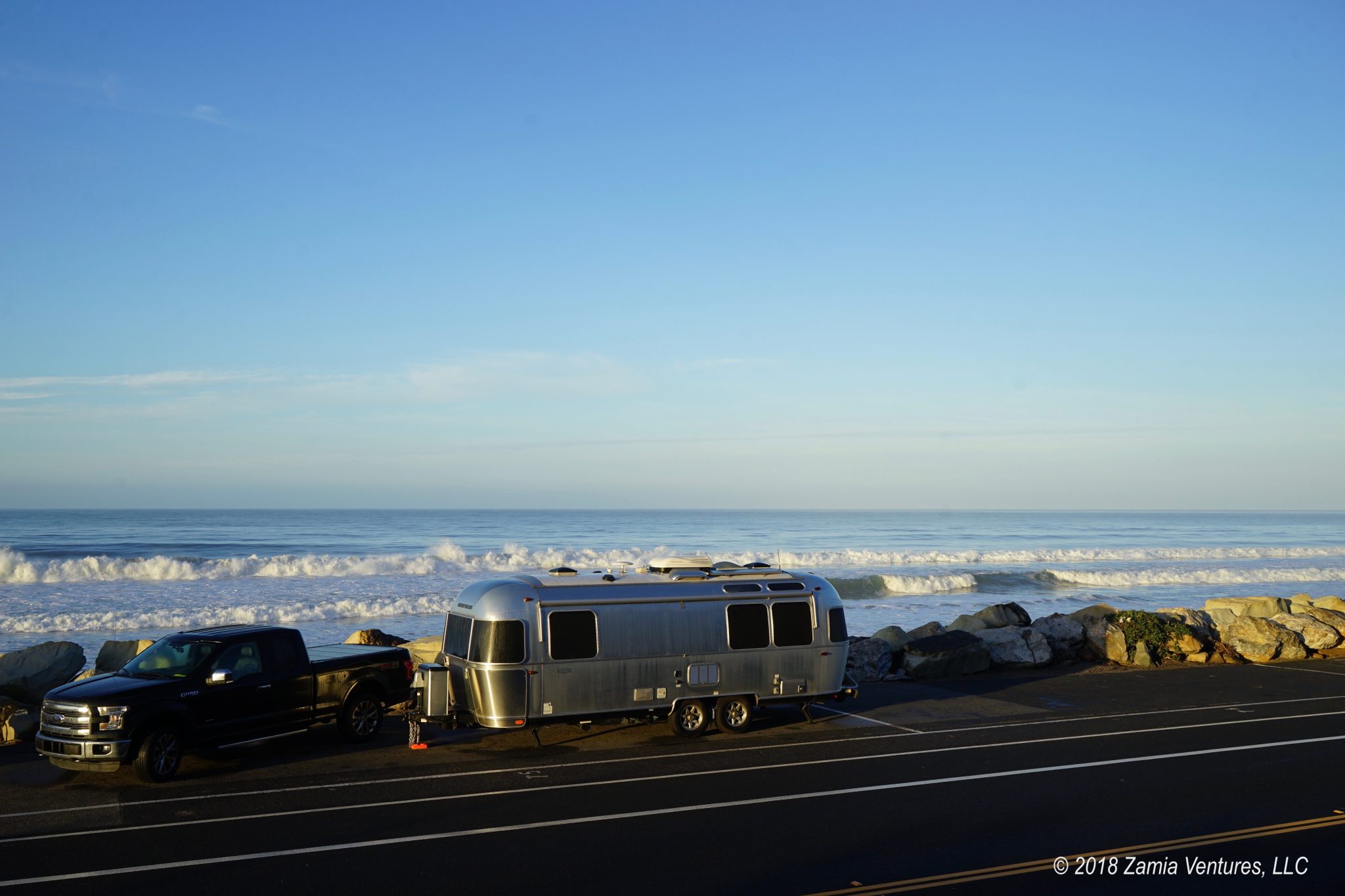
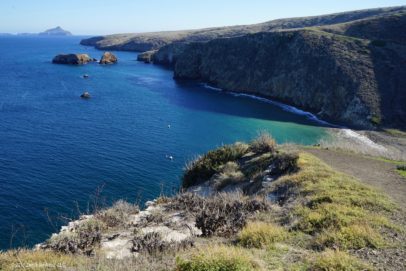
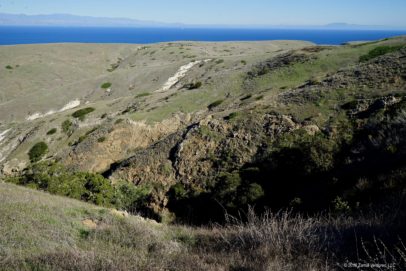
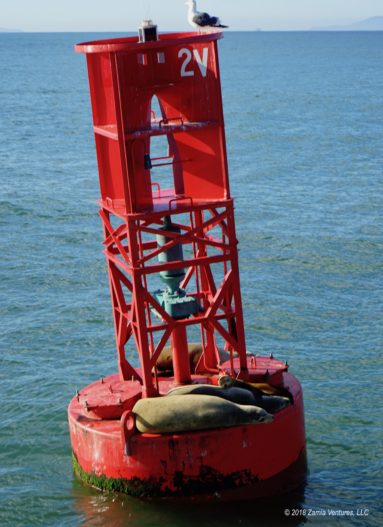
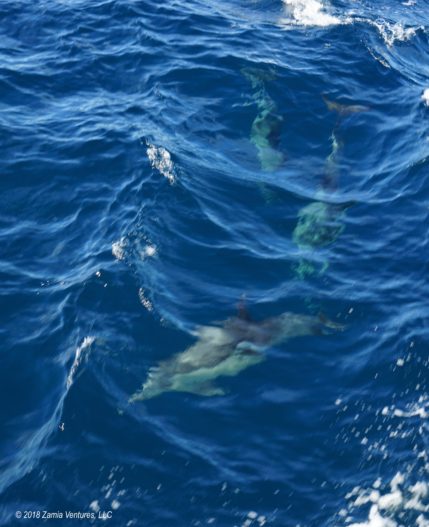
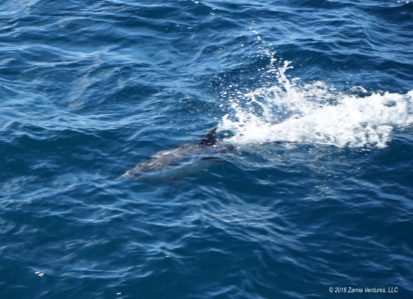
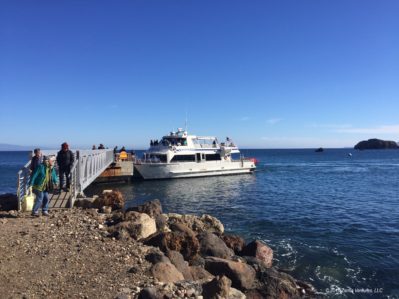
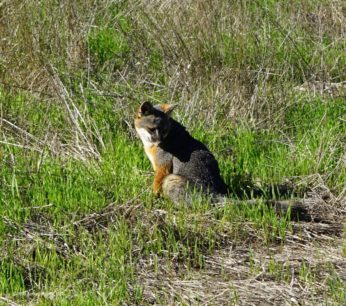
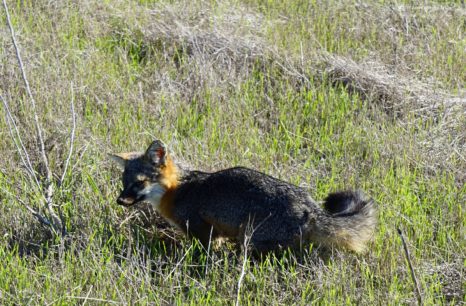
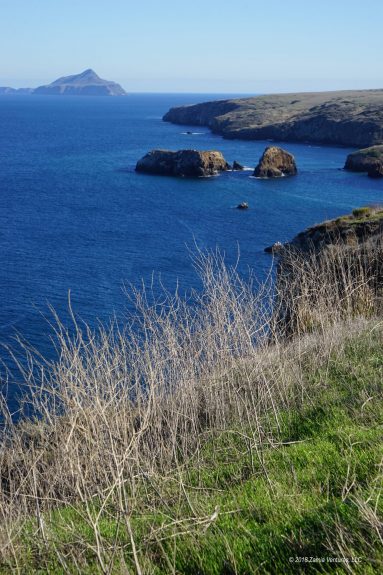
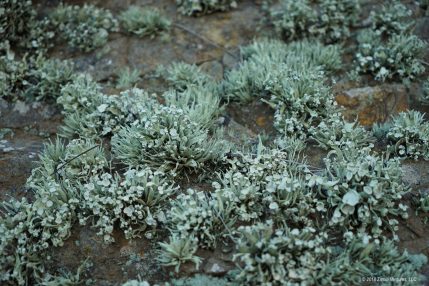
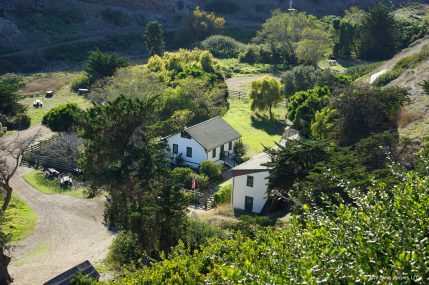
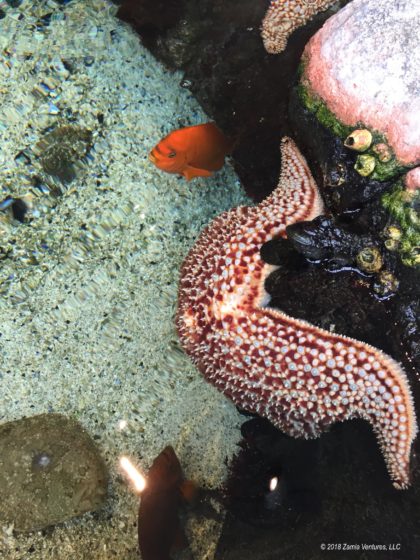
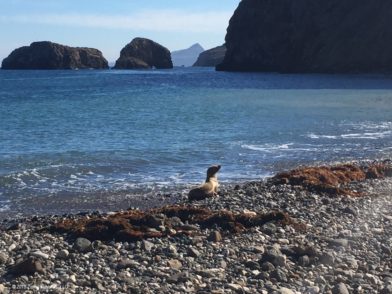
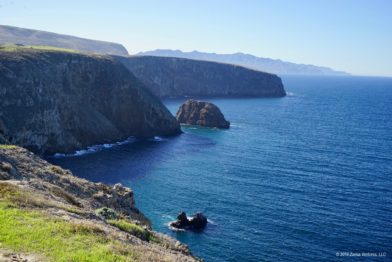
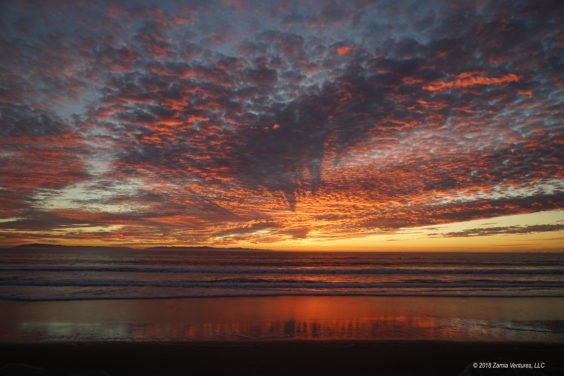
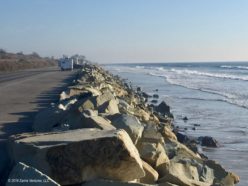
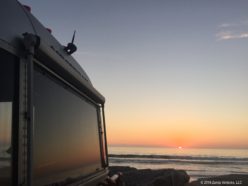
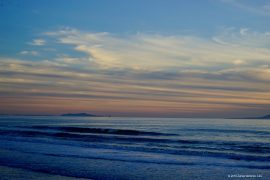
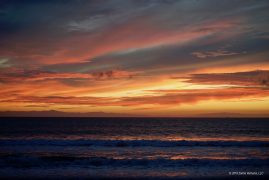
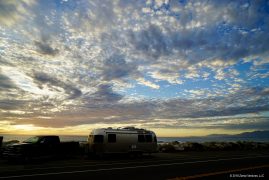
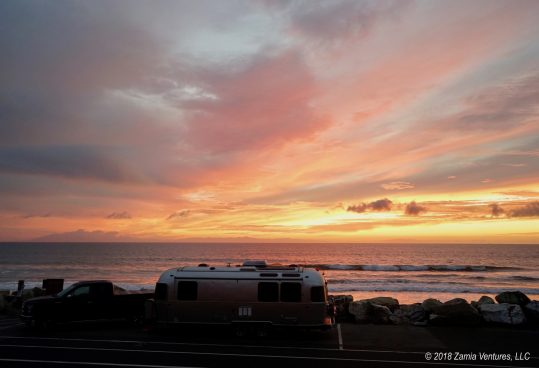
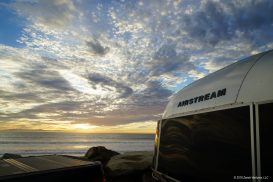
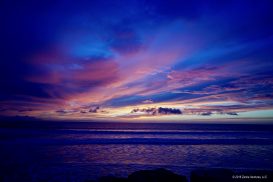
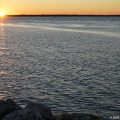
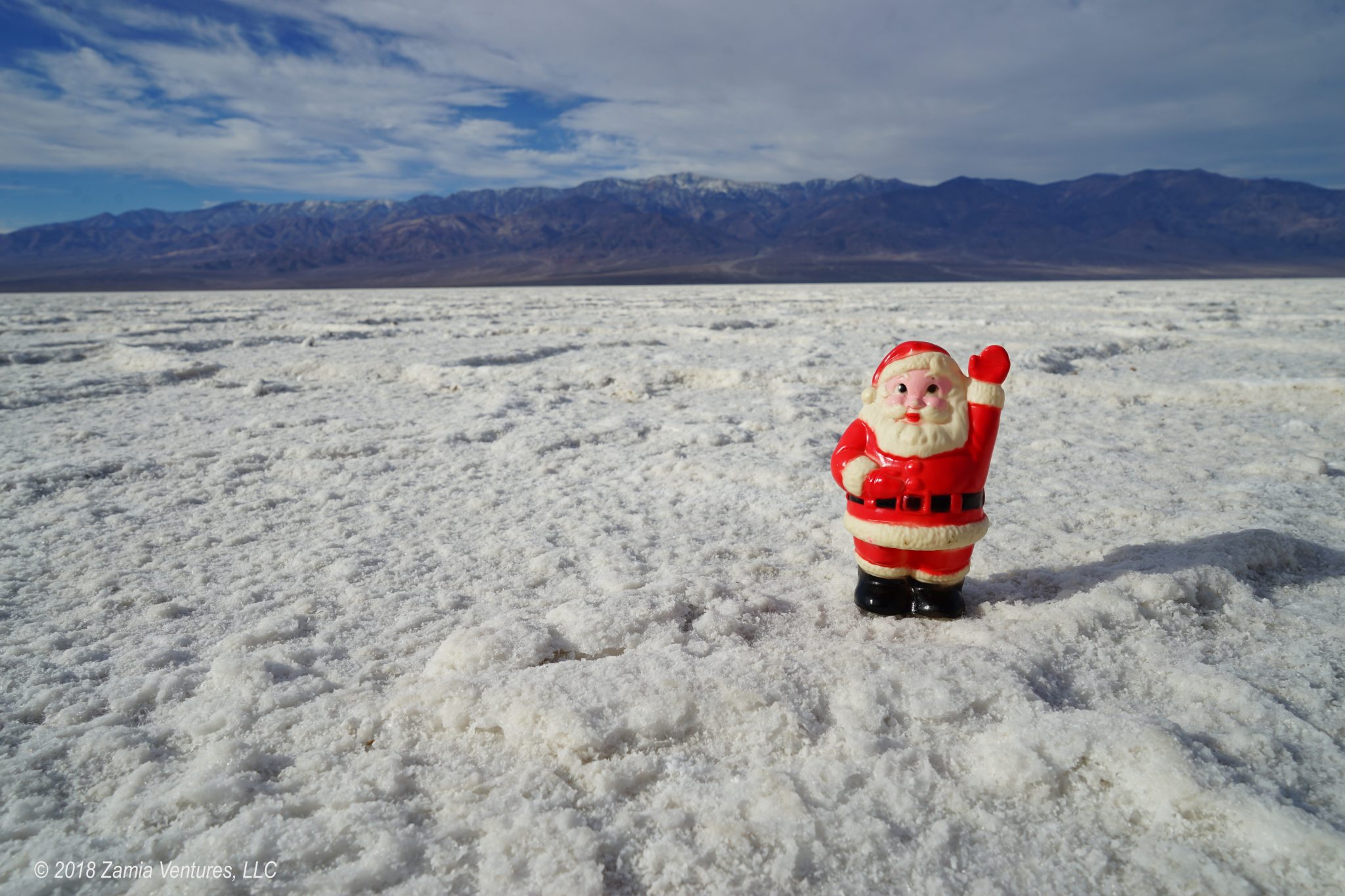
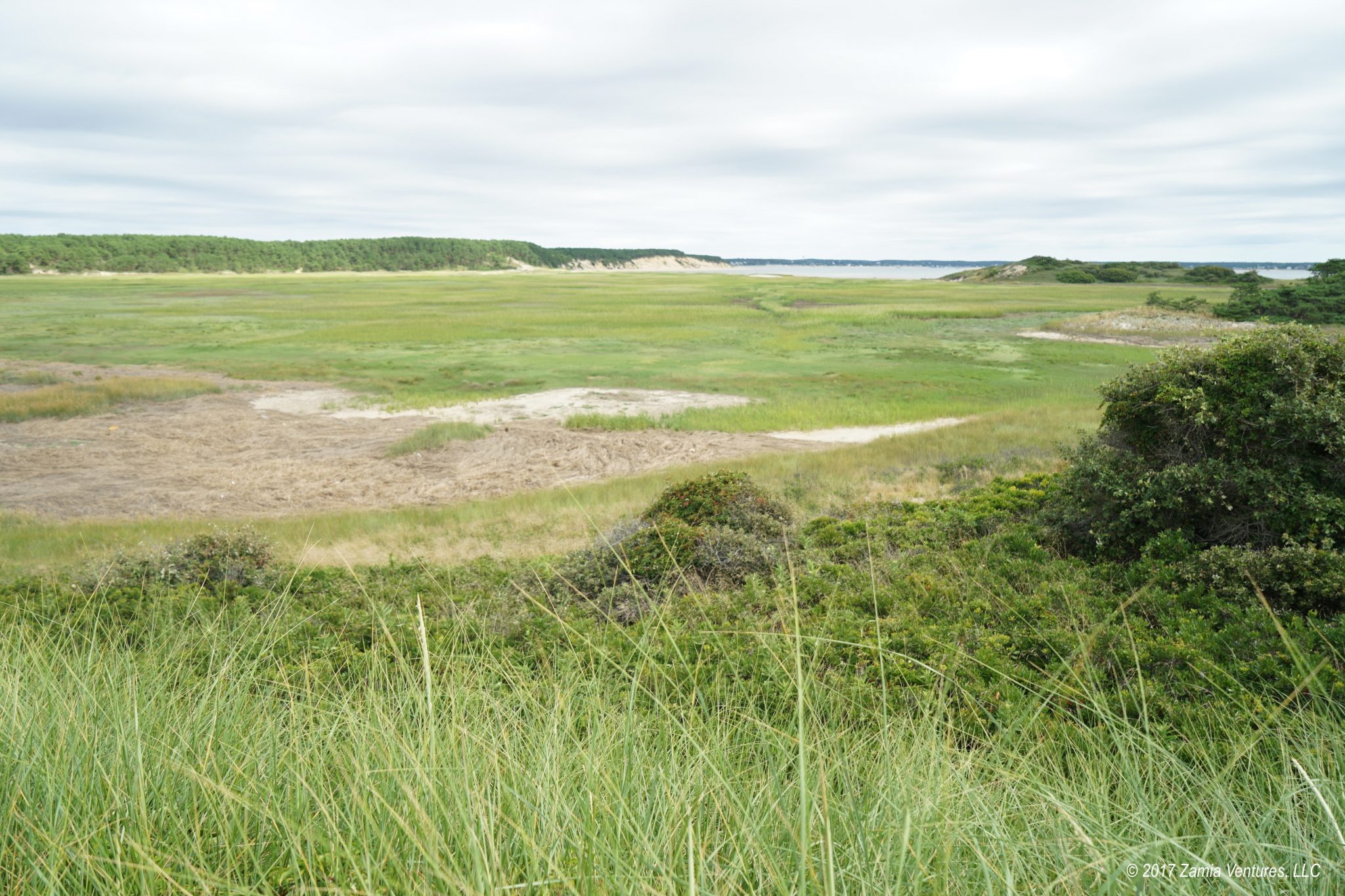
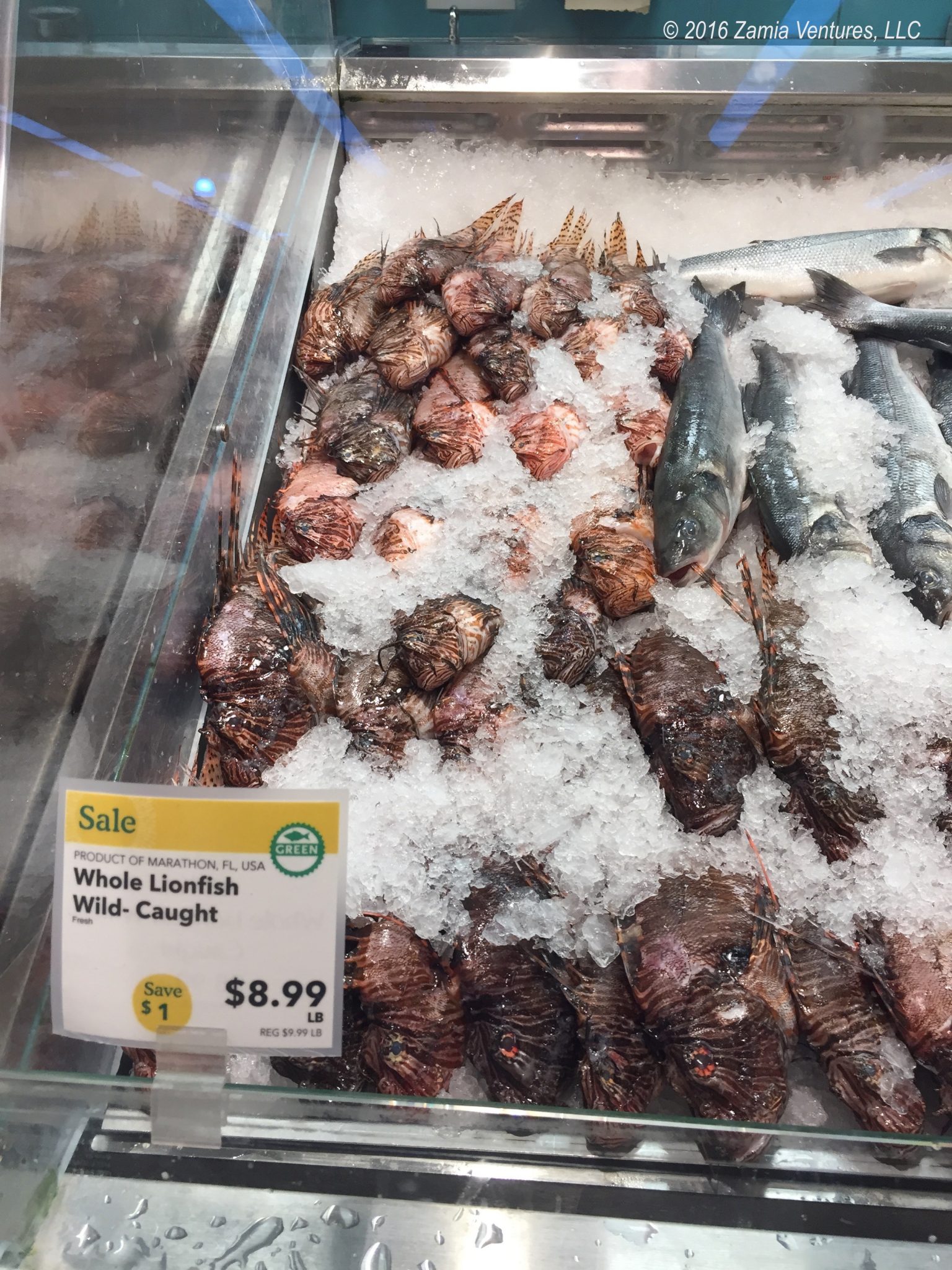
Great Pics of Sunset, Glad you had such a great location.
It was nothing more than a parking space, but we loved it!